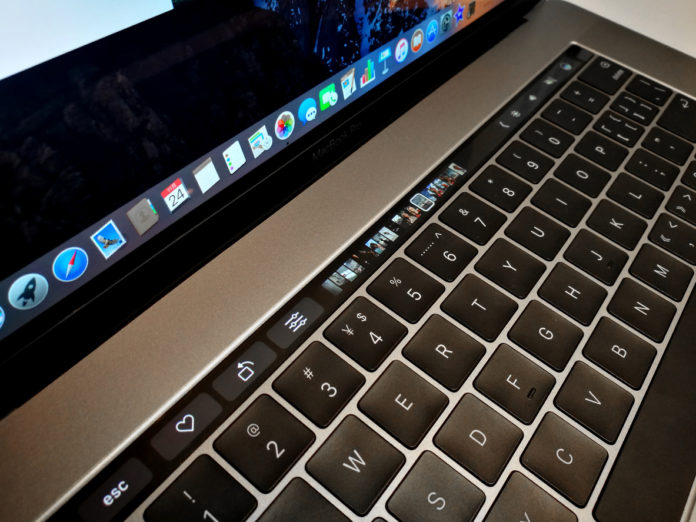Despite being well-known for their durability and longevity, Macs also tend to fall down in their performance after a while.
They are no different from any other computer. It is only a matter of time, and when you notice a dip in the overall speed, do not start to think about buying a brand new model. There are other solutions that will help you restore the computer to what it was before.
Solution #1 – Clean Dust and Dirt
You can start with getting rid of all the filth inside that has accumulated over the years. Cleaning dust and dirt should be a regular thing, not something you do every year. Though it is worth pointing out that cleaning a Macbook is a bit harder than a personal computer.
Therefore, a number of users decide to take their Mac to a service store and leave the work to professionals who can remove the dust thoroughly. Regular cleaning will make significant improvements to how your computer will perform.
Solution #2 – Look at Activity Monitor
Activity Monitor shows you information about applications that are consuming the most resources. Sort the processes by memory or CPU usage and see which background apps are causing the most problems.
There should be some applications you can remove from the computer as they offer nothing of value. Looking for alternatives that are not so resource-hungry will also make things easier for the system.
Keep in mind, though, that some applications are integral to the system and cannot be removed. So work with what you can and save the amount of resources that the system has dedicated to the running applications.
Solution #3 – Scan for Malware
While technologies improve our lives by quite a lot, one cannot underestimate all the dangers it poses. Not every person is that knowledgeable when it comes to even the most basic computer stuff.
It is easy to attract unwanted malwares, viruses, and other cybersecurity threats. If you have been struggling with your Mac’s performance, and the change is sudden, virus or malware could be the reason behind the problem.
Scan the system and see whether you have any corrupted files or other threats. If so, remove them and be sure to pay more attention to what you click. Finally, get a good anti-malware tool if you have not done so already and have it run in the background when you are using the computer
Solution #4 – Disable Visual Effects
Visual effects are a hindrance to the overall performance of a Mac as well as its battery life. There is no real reason to have such effects enabled in the first place. Go through your system settings and disable any effects that you find unnecessary
Solution #5 – Optimize the Browser
If the most noticeable drop in performance occurs when you are surfing the web, it is highly likely that the problem lies in your browser.
Some users take things a bit too far with extensions and add-ons. Installing too many will not do any favors for the Mac’s system. So even if these extensions seem like a useful addition, be sure that there are not too many.
As for other ways to optimize the browser, you should remove the cache regularly, minimize the number of open browser tabs, and even consider trying an alternative if your current browser continues to underperform.
Solution #6 – Declutter Desktop
Desktop should be included in the digital declutter process if you are looking to make more room for the hard drive and improve the performance of the Macbook.
Some find it convenient as having everything on the desktop eliminates the need to navigate through the computer. But these people forget about the search function which allows you to find everything immediately.
Desktop should have next to no icons as they are rendered whenever you switch between the desktop and another window.
Solution #7 – Stop Memory Leaks
Memory leaks happen when software has been running for a while and starts to distribute memory in a way that it should not. The phenomenon is not something to worry about too much, but leaving it unattended will cause problems.
Regular computer restarts are the easiest solution to memory leaks. A restart every few hours should be more than enough. And if you are tired of waiting for applications to load every time you restart the Mac, trim the startup item list. Enabling the auto-login feature will also help save some time.
Solution #8 – Reinstall the OS
Installing the system updates should be a priority as these updates will introduce improvements to the overall performance on top of new features and security patches.
At the same time, you may find that the Mac continues to underperform despite your best efforts. Thus, reinstalling the OS can be an option. Though be sure to back the data as it gets deleted after reinstallation.










